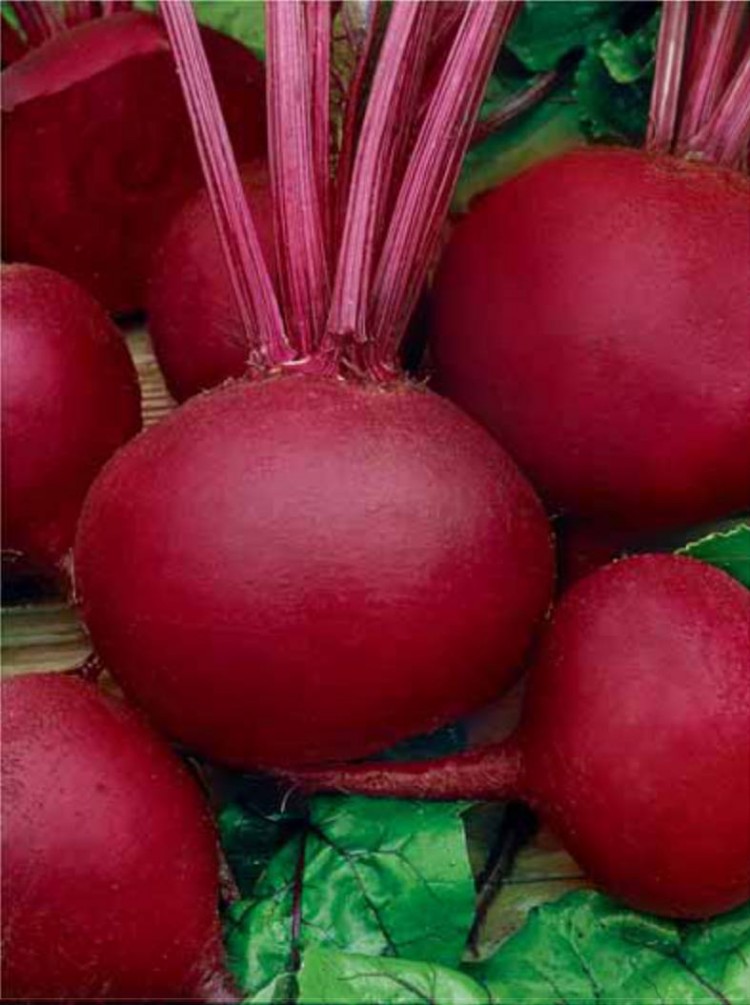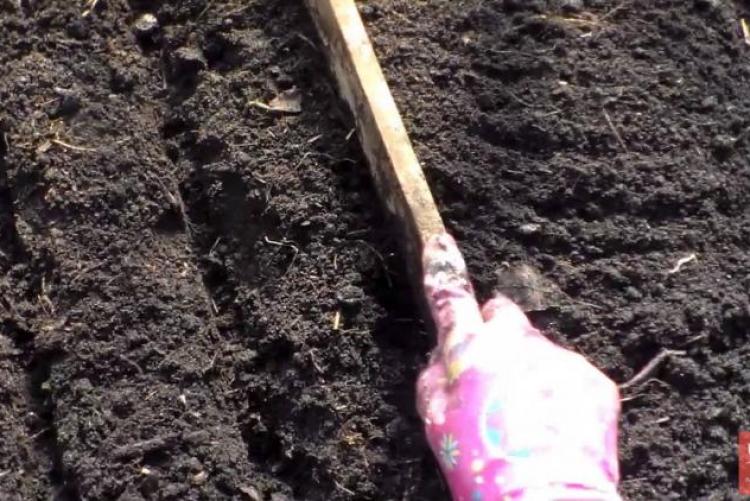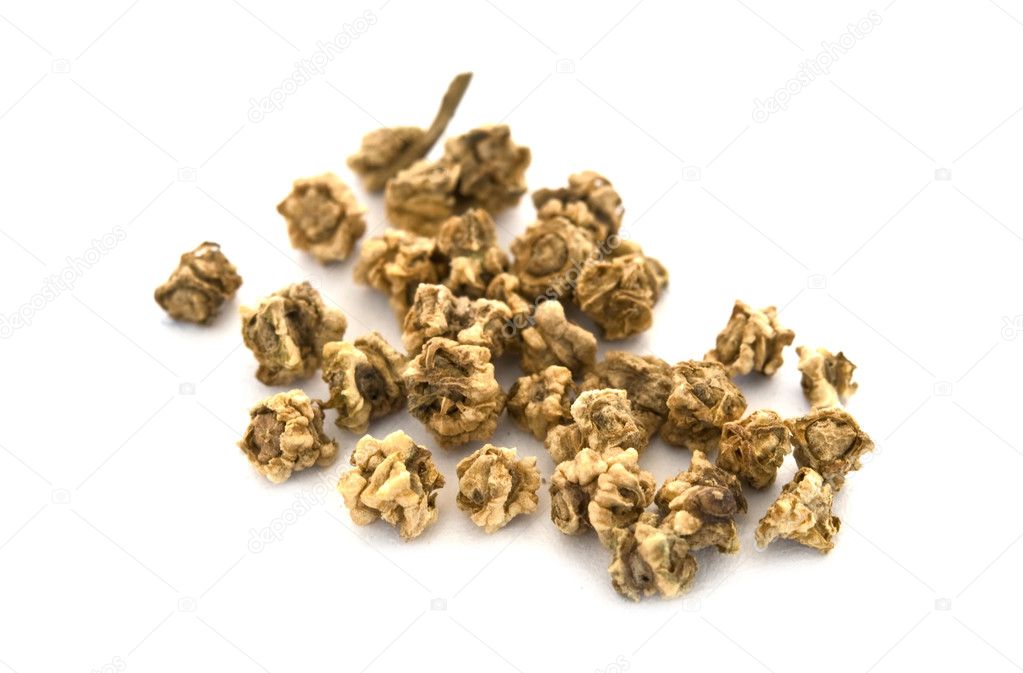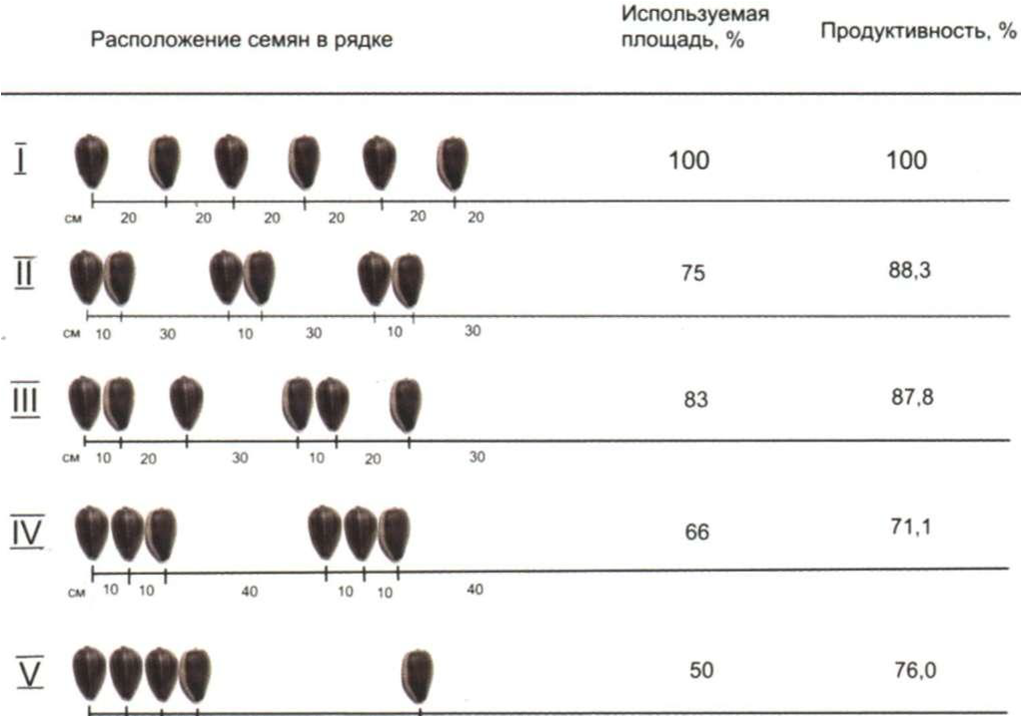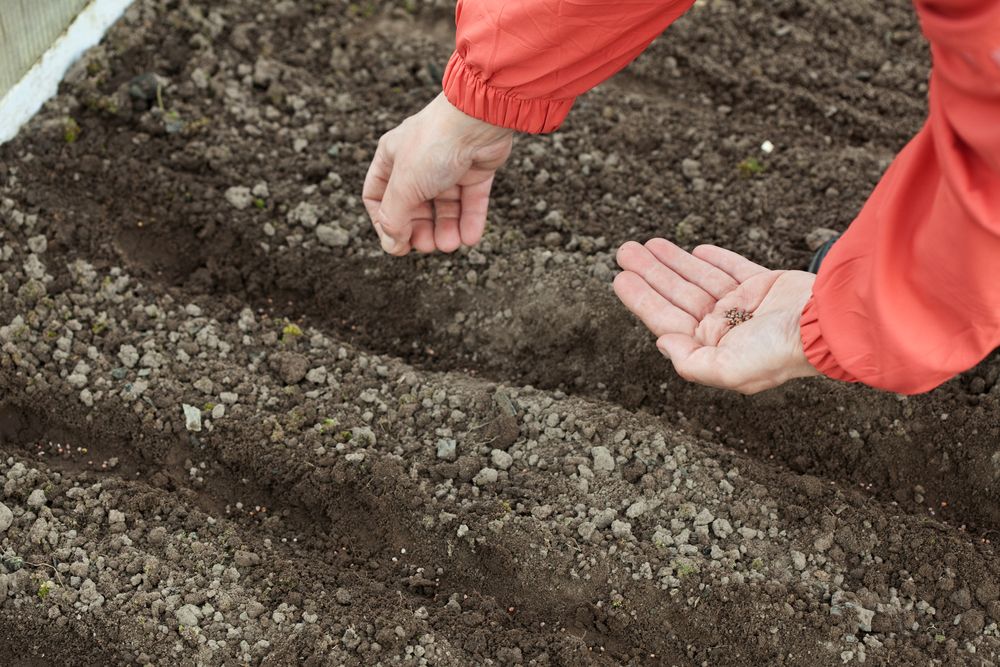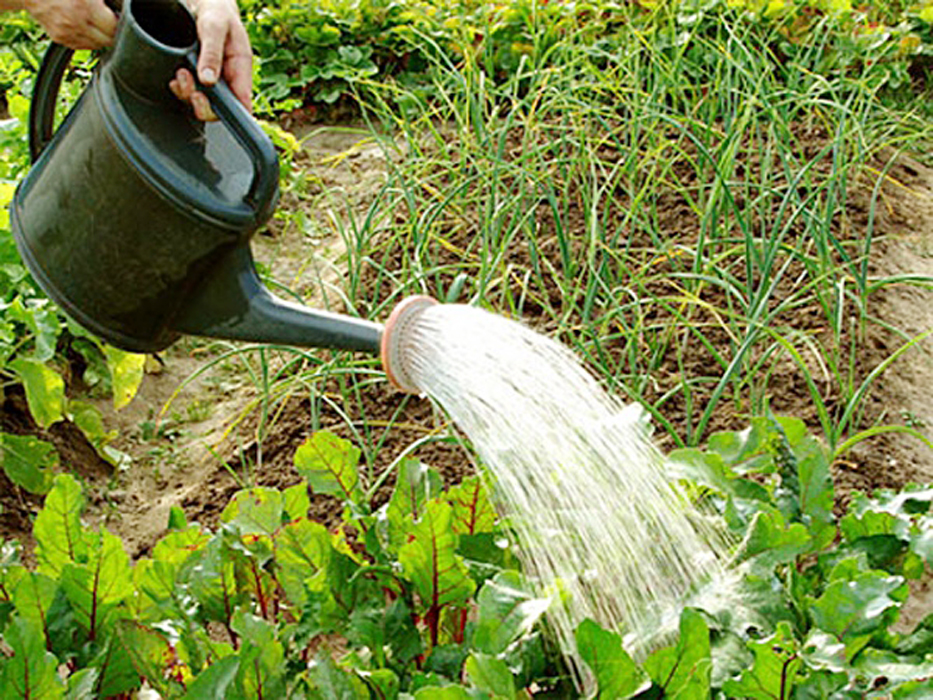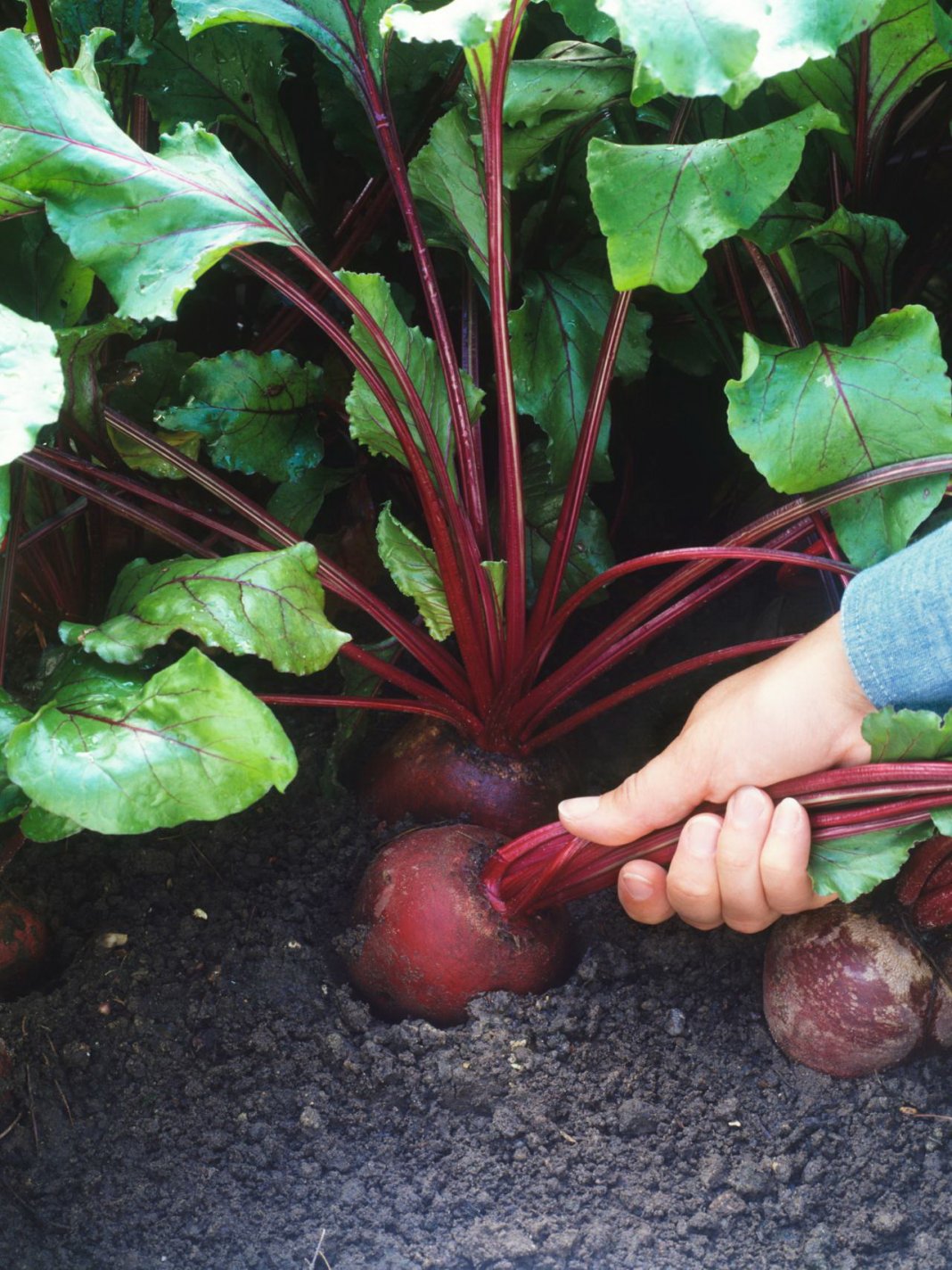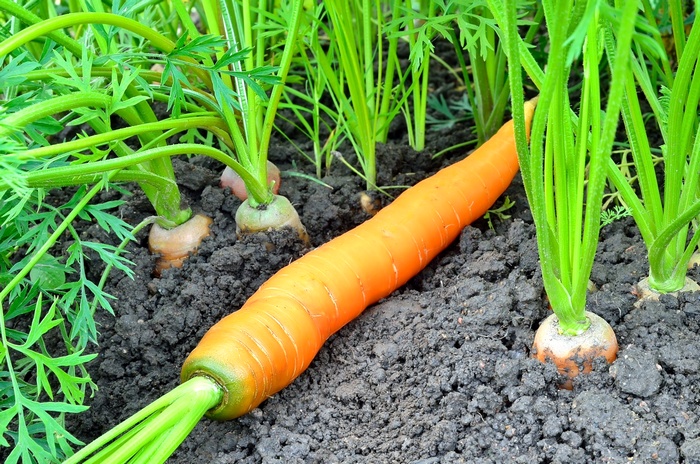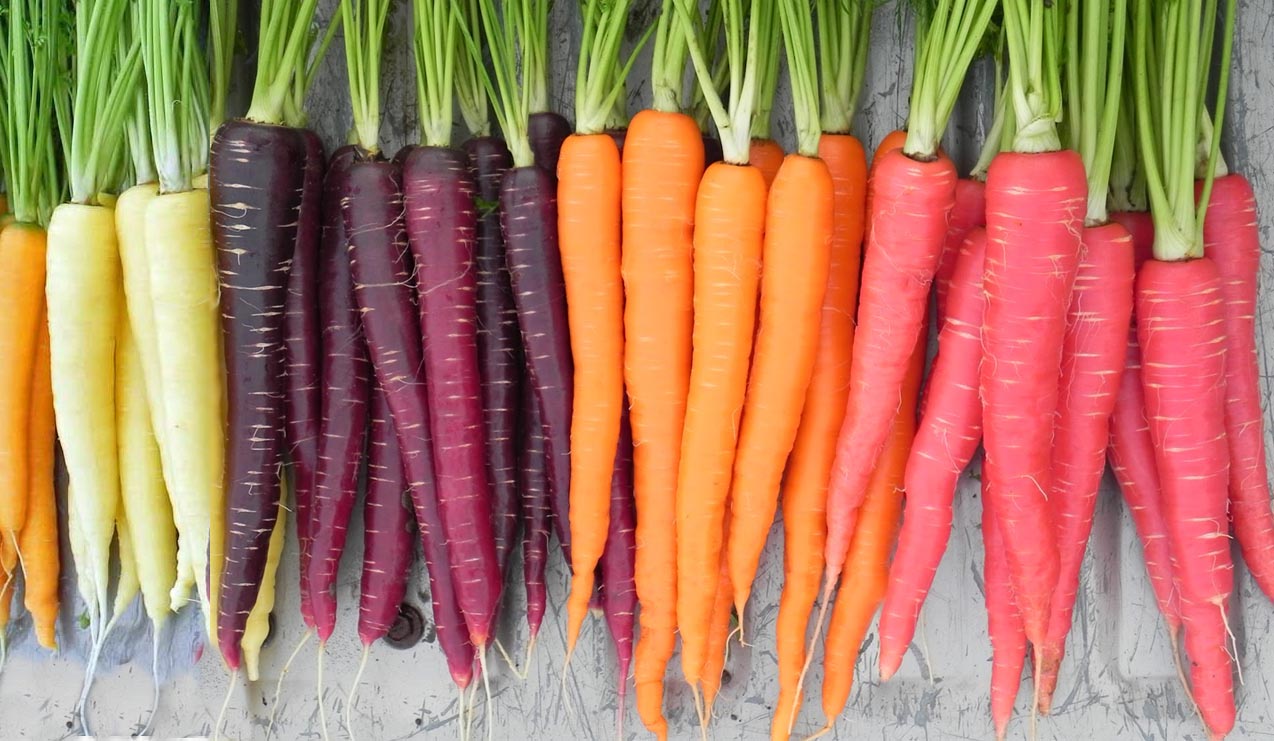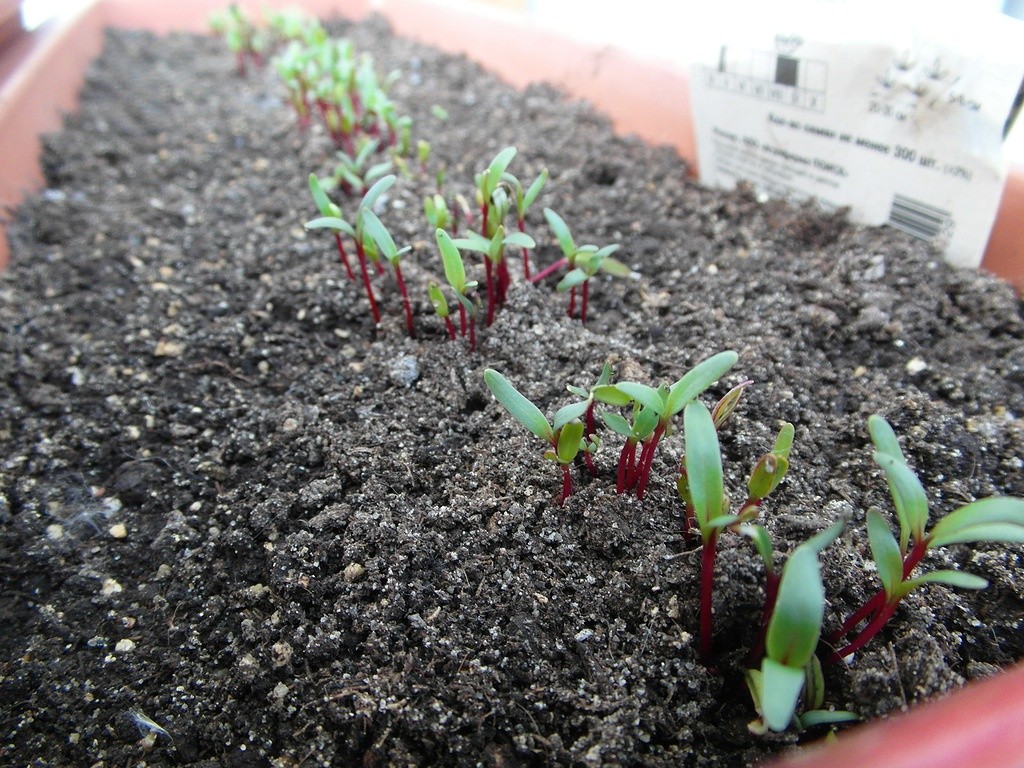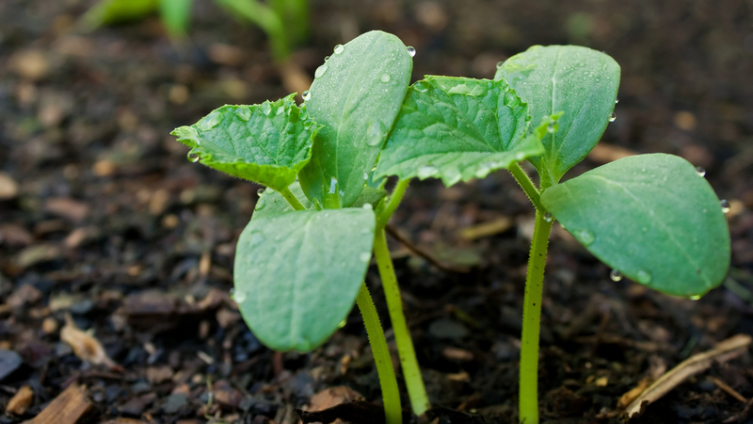Content:
Beetroot or, as it is popularly called, beetroot is a valuable and tasty product in demand by domestic consumers. In this regard, there is nothing surprising in the fact that almost all gardeners prefer to grow this crop on their plots.
Despite the fact that the vegetable has been known for more than one century, in recent years, due to certain achievements in the field of soil science, agrochemistry and other related crops, its cultivation technology has undergone certain changes. When is the best time to plant beets and what to pay particular attention to when growing them, we will try to find out.
Before looking for an answer to the question of when to start planting beets, a number of other equally important questions should be resolved.
Seat selection
Sowing beets should start with choosing the right place where the crop will thrive and yield a good harvest.
It is recommended to plant a crop such as beetroot in areas where there is no deficit of sunlight and heat. In this regard, the optimal place for the beds is the southern side of the site, not shaded by trees or shrubs.
Since beets are very fond of water, they will need to be watered almost every day. In order not to experience difficulties in the irrigation process, the beets should be planted near a water source.
Often, beets are planted with other crops: cucumbers or, for example, beans. In no case should you sow beets in the place where cabbage used to grow. It is recommended to change the bed for beets annually. If a crop is constantly planted in the same area, the land will be depleted, and the risk of infection of the plant with diseases and pests will increase significantly.
Soil preparation
To grow a decent beet crop, root crops should be sown in loose, neutral soil. In this case, the digging of the beds should be carried out in advance: before winter after harvesting. When digging, clods of earth should not be broken - this will accumulate more moisture inside the soil. If the soil is acidic, liming should be done. For this purpose, wood ash or dolomite flour is evenly distributed throughout the area intended for the subsequent cultivation of beets in the open field. If the beets are planted on loam, superphosphate can be added during the autumn digging process.
Proper soil preparation will allow you to successfully grow a crop for next year and get an excellent harvest.
Preparation before sowing is carried out already in the spring, just a few days before the seed is in the ground. Usually limited to loosening the soil. If desired, it is additionally allowed to cut grooves.
Seed preparation
Sowing beets in open ground in spring, among other things, means pre-sowing preparation of the seeds themselves.
Currently on sale you can easily find a wide range of planting material that does not require pre-sowing treatment. We are talking about the so-called pelleted seeds, to which growth stimulants and protective agents have already been added. Such seeds can be sown into the soil immediately after purchase.
If you take simple seeds for planting, they will need to be subjected to some additional procedures.
The easiest method for preparing seeds is to soak them in warm water with stimulants for several days. The most important thing – do not forget to dry them thoroughly immediately before sowing. Otherwise, they stick together, and when the seedlings germinate, they will need to be very thinned out.
Landing time
The question of when is it better to plant beets has no clear answer. Even if you type a query in the search bar of your browser, such as "when to plant beets in open ground with seeds or planting beets in spring and sowing, when to sow, how to plant correctly," there will be no specific recommendations.
Generally speaking, the culture is allowed to be planted in two terms: in early spring and almost in summer.
Sowing early ensures quick emergence. Early ripening varieties should be used for such a planting. Sowing early will not be very suitable for cold, wet spring regions. So, for example, if you sow beets too early in the Moscow region, firstly, it will sprout too early, and secondly, it will most likely go into shooting. On such plants, root crops grow very small and unsuitable for food.
Thus, for central Russia, the most favorable period when it is better to sow beets is May (its end) or even the beginning of June.
Autumn sowing of beets is also allowed. But in this case, you need to use only special cold-resistant varieties that are not prone to flowering. Autumn planting has its undeniable advantages:
- the seeds have time to partially swell during the pre-spring thaws;
- during the winter, the seeds have time to harden;
- manage to ascend earlier;
- form a stronger and healthier root system.
There is also a big disadvantage of pre-winter planting. Roots grown in this way are not suitable for long-term storage.
Some gardeners, when calculating the planting time, use the lunar calendar - it allows you to choose the most favorable date for planting work.
Sowing technique
Having figured out when to plant beets, it's time to learn how to do it right. Sowing beets is possible in four ways.
Lowercase
At the landing site, rows are cut with a depth of three to five centimeters at a distance of 20 to 30 centimeters from one another. Furrows are thoroughly watered with water using a watering can, from which the sprayer has been removed in advance. Jet irrigation allows not only to water the soil better, but also to compact it. The secret is that in this case the seeds will be located at the same depth and will sprout at the same time. We plant seeds at intervals of 3-4 cm.
On the landing belt
Landing tape is the easiest and most convenient way to land. A special strip (tape) for planting in specialized gardening stores can be sold with the seeds already fixed. But if desired, the landing tape is easy to make yourself. To do this, drops of starch-based paste are applied to a strip of toilet paper, and beet seedlings are attached to them. Such a planting scheme can significantly save time. All that is required for planting is to shed water on a furrow, lay a tape on it and sprinkle it well with earth.
Tape
This method involves combining several rows with an interval between lines of about 15 cm into one wider tape.Remember to leave a gap of about 40 cm between the belts to facilitate crop maintenance (in particular, watering and weeding).
Seedlings
Seeds for seedlings should be sown no later than mid-April. It is recommended to use individual containers or peat pots. Transplanting into open ground is done when the plant has several leaves. You need to plant seedlings in such a way that the average gap between the plants is about 15 cm.
This method of planting saves seeds by eliminating the need for thinning crops.
How to care for plantings
Despite the fact that beets – not the most picky root crop, it requires a certain amount of care. At the same time, the list of manipulations that should be performed with the crop does not differ, depending on the region in which the planting was carried out: be it the Kuban, the Moscow region or, for example, the Urals, the algorithm of actions for obtaining a good harvest is approximately identical.
Thinning
One seed crop gives 2-4 shoots. In this regard, thinning is one of the most significant moments in agricultural technology. In total, this procedure is performed three times during the season:
- The first time the plants should be thinned out immediately after germination. This is usually done when the first leaves appear on the seedling. This time, the plants are left quite densely - about 2 cm apart. In parallel with this, weeds are removed, and the row spacings are loosened;
- The next thinning is recommended about a month after the first. The interval between plantings is increased to 8 cm, leaving the strongest specimens. At this time, the head of the root crop begins to form, so it will be useful to carry out prophylaxis against diseases. Alternatively, you can use Kazim or any other moderately toxic fungicide;
- The last time the beets are thinned out at the stage of emergence of root crops. The distance between plants should be 15 centimeters.
Watering
Watering for beets is especially important, especially in the early stages of the growing season. The entire first month after planting, the crop must be watered, regardless of weather conditions, at least once a week, and later - as the soil dries up. It is necessary to stop watering about a month before harvesting. If this is not done, the root crop will lie poorly. It will not be superfluous to mulch the planting. Straw, last year's foliage, peat, etc. can be used as mulch.
Cleaning
Selective harvesting of beets begins in the middle of summer. By this time, individual copies have time to grow to a decent state. Young vegetables are allowed to be processed and eaten together with tops.
Mass harvesting of crops from the garden is usually done in mid-September. It is very important to have time to harvest before the first frost. In addition, if you overexpose the beets in the ground, it will become coarse and pronounced rings will appear in its pulp, which will negatively affect its taste characteristics.
After harvesting, it's time to think about what to plant on the beet bed for next year. In order to replenish the soil in organic matter, it is preferable to plan for planting those plants that accept manure fertilization. We are talking about corn, pumpkin, zucchini. Beets should be returned to their original place not earlier than after three years.
What to do for good yields
To get a normal harvest, one complete feeding is enough.
But if, despite this, the plants do not develop quickly enough, it is recommended to repeat the procedure. For this, you can use mineral fertilizers, which include nitrogen.
The presence of trace elements in the soil has a certain effect on the quality of the crop. To stimulate the growth of the beet head and increase its sugar content, you can use the Makbor fertilizer, which contains calcium, magnesium and boron. If we talk about folk remedies, simple table salt is best suited here at the rate of 1 tablespoon per ten-liter bucket.
If the sowing agrotechnology is violated, the plant can be affected by flea beetles, aphids or a beet fly. In the fight against these parasites, an infusion of ash, tobacco dust, and onion husks will help.
It doesn't take much effort to get a great beet harvest. The most important thing – know when and how to plant beets correctly, and follow all recommendations exactly.
